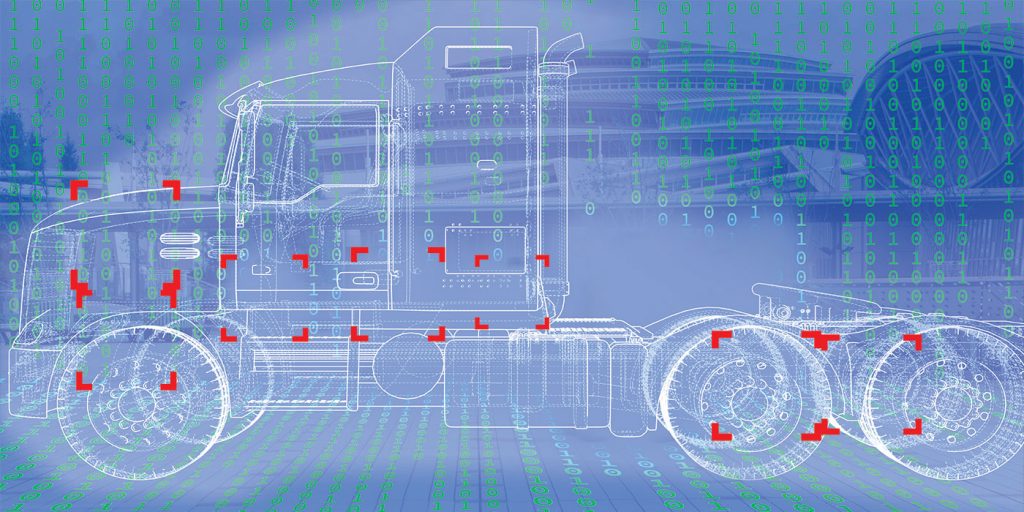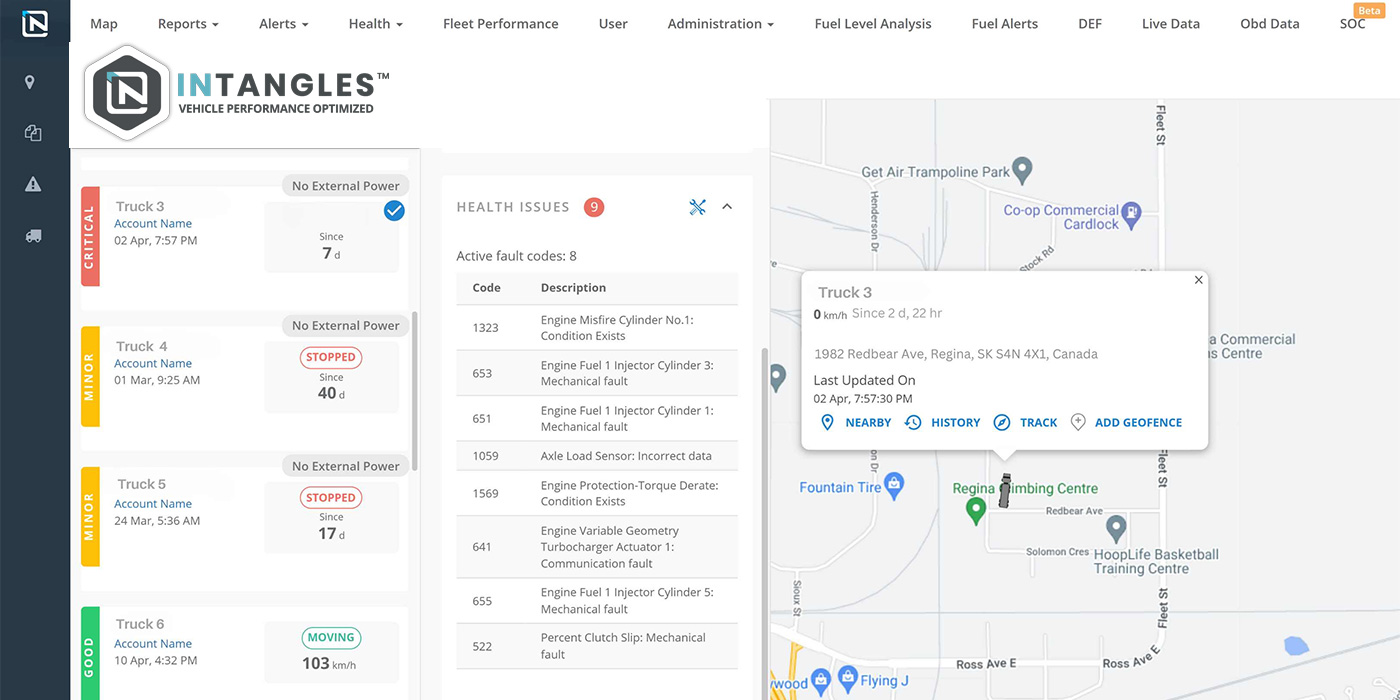There are certain key performance indicators (KPIs) that you can monitor on a regular basis that will help keep your fleet’s costs in check. When you monitor certain aspects of your fleet it can also help you spec for future orders to help keep these costs as low as possible. Although there are several KPIs that you should monitor regularly, I will go over some of the more important ones in this article and how they can help you save. Let the data tell the story; and if you don’t have a way to track this data, there are plenty of program options on the market for monitoring these data sets.
Schedule time for your maintenance before your maintenance schedules time for you.
Most of us have heard this saying, but it holds so much weight when it comes to saving on your maintenance costs. When you have a great preventative maintenance program in place, you can start to take control of how you spend on your equipment.
One of the first reports that you should look at is your PM compliancy report. This report will tell you what percentage your shop goes past the due date/mileage of doing the preventative maintenance services. If all your equipment is being serviced on time, then your PM compliancy report will show a 100% compliancy record. This is a direct indicator of how well you are staying on top of preventative maintenance. In my experience some companies find 98-99% compliancy ideal, as this shows that you are handling your maintenance on time while also showing that you are not over-staffed. Some find that 100% can indicate that you are doing the PMs before schedule which will increase costs and can be indication that you have more techs than you may need. This is not always the case by any means, but it is something that should be investigated further if you see this frequently.
Another key report to monitor is your unscheduled maintenance by VMRS. For example, if you find that you are having numerous tire repairs on an unscheduled basis then maybe your drivers aren’t pre- and post-tripping like they should. Increasing awareness on regularly checking tire pressures, tread and overall condition can help reduce tire failures on the road which will cost more than if the same tire is found at your terminal or, even better, on a true scheduled basis while the truck is in the shop for a PM. The key is being able to handle as many of these repairs during the scheduled PM intervals to save the most money.
Labor productivity is another KPI that can tell a story on how over or understaffed your shops may be. In my experience 80% productivity is a good goal to strive for. If your techs are working 10-hour days, this will give you eight hours of direct labor, one hour for lunch and one hour for cleaning.
Knowing what equipment to keep and what equipment to get rid of.
Before you make another order for equipment you should do a lot of research on your equipment history and try to determine what equipment specs work best for your operation. This can take a good deal of research, but it’s worth every bit of time that you put into it.
You can run reports detailing cost of maintenance, cost of fuel and component failure on each make, model and engine of truck. This data can be found by running a report labeled work order history by VMRS then filtering by make, model or engine.
Keeping track of your parts costs and working to improve where possible.
Parts spending is a big part of the equation when properly maintaining your equipment, and knowing how to improve these costs through data will help keep these costs in check. If you have a good vendor that can supply parts right away, then use this to your advantage. Stock a minimum amount if you have quick access to parts at any time. If you only use a part once every six months, then it’s probably OK to let your parts supplier keep this part on hand and provide it when needed. This will keep your on-hand inventory costs lower and you will still be able to get the parts quickly so that you keep downtime to a minimum. This only works, however, if you have quick access to parts.
If you are operating in this manner, a good KPI to monitor is your part reserve report. This will let you see which parts you have on the shelf that aren’t stock items. If you special order a part that isn’t used very much and is specific to a unit, this part will show up on this report. Don’t let your part reserves go over two weeks at most, whenever possible. If you ordered these parts for a specific purpose, then use them and get them out of your inventory.
Another good option is running a tire failure by reason report. This will show you the main cause of tire failures within your fleet and can help in reducing theses costs through preventative methods.
Monitor your warranty reimbursement reports on parts and labor as well. This should be monitored regularly to be sure that you are taking advantage of credits that can be paid back to you on these parts and labor by parts and equipment manufacturers. You can set thresholds in most of these data collecting programs that will flag a unit for warranty based on a mileage or a date. Be sure that your maintenance personnel know to keep these defective parts for a certain period of time and tag them with the complaint, cause and correction for each individual part. File these and monitor the value of what you are being reimbursed for. Ideally, if you are managing your assets in the most cost-effective manner you will be keeping your equipment age within the warranty period and tracking all your warranty credits.
There are many other KPIs that you should regularly monitor, but those here should give you a good idea of some different variables to consider when controlling your costs. One thing to note, however, is this data is only accurate if your techs and management are inputting the data accurately and monitoring it for accuracy on a regular basis.
About the author: Travis Wynes is chief executive officer for Mobile Transportation Service, an onsite fleet maintenance provider that strives to reduce downtime and overall maintenance costs to the fleet.













